- Management Plan
- Total budget: £33,720
- Budget spent: £14,223
- Status: In Progress
The Selvagens or ‘Savage’ islands are a group of small isolated Atlantic islands which have allured researchers since the turn of the 20th century. On this distant Portuguese archipelago, a rich array of species have evolved in its pristine waters and rocky terrain. Today, many of the island’s species are vulnerable to the threat of climate change and rising sea levels. We are joining a coalition of conservation experts on a pioneering project to prevent several species from slipping into extinction. The goal is to save three endemic species - two vascular plants and a beetle - on the islands Selvagem Pequena and Ilhéu de Fora.
Project Timeline
June 2025 - June 2027
Species reintroduction: identify the reintroduction areas and implement trial tests; reintroduce the species in the areas; reinforce the populations of the reintroduced specimens with the individuals produced in captivity.
May 2024 – May 2025
Prepare a species conservation strategy: Preliminary meetings with project stakeholders; prepare risk analysis and the species conservation strategy; workshop to discuss the strategy before publishing.
A Wild Inhospitable Portuguese Outpost
Located 293 km south of Madeira in the Northeast Atlantic ocean, the remote archipelago comprises two major islands (Selvagem Grande and Selvagem Pequena) and several islets. These rugged islands, born of volcanic activity, lie in two groups separated by a 16 km channel. The only island to contain infrastructure is Selvagem Grande, the largest (2.46 km2) and highest of the islands, built to support conservation work. All other islands are uninhabited.
Natural Richness of the Selvagens
The archipelago has long captured the interest of scientists and naturalists. Different coastal habitats provide homes to all kinds of marine life and unique terrestrial flora and fauna. The islands are also essential breeding and resting grounds for many bird species on migratory routes in Macaronesia and the North Atlantic. The island’s natural value is recognised by the fact that it is the largest marine protected area in the North Atlantic, with 2,677 km2 of its waters being fully protected.
Researchers first came to study the islands when they joined routine trips made by fishermen and hunters at the start of the 20th century. The first effort to conserve a species on the islands began with a colony of Cory’s Shearwater (Calonectris borealis) in 1961. Ten years later, the Selvagens Islands Nature Reserve was established and is now Portugal's oldest nature reserve. A wide range of research and conservation projects have taken place since. This includes habitat recovery through eradicating mice, rabbits and other invasive species. Ongoing projects continue to today to monitor bird species and endemic reptiles as well as marine litter in a novel monitoring programme.
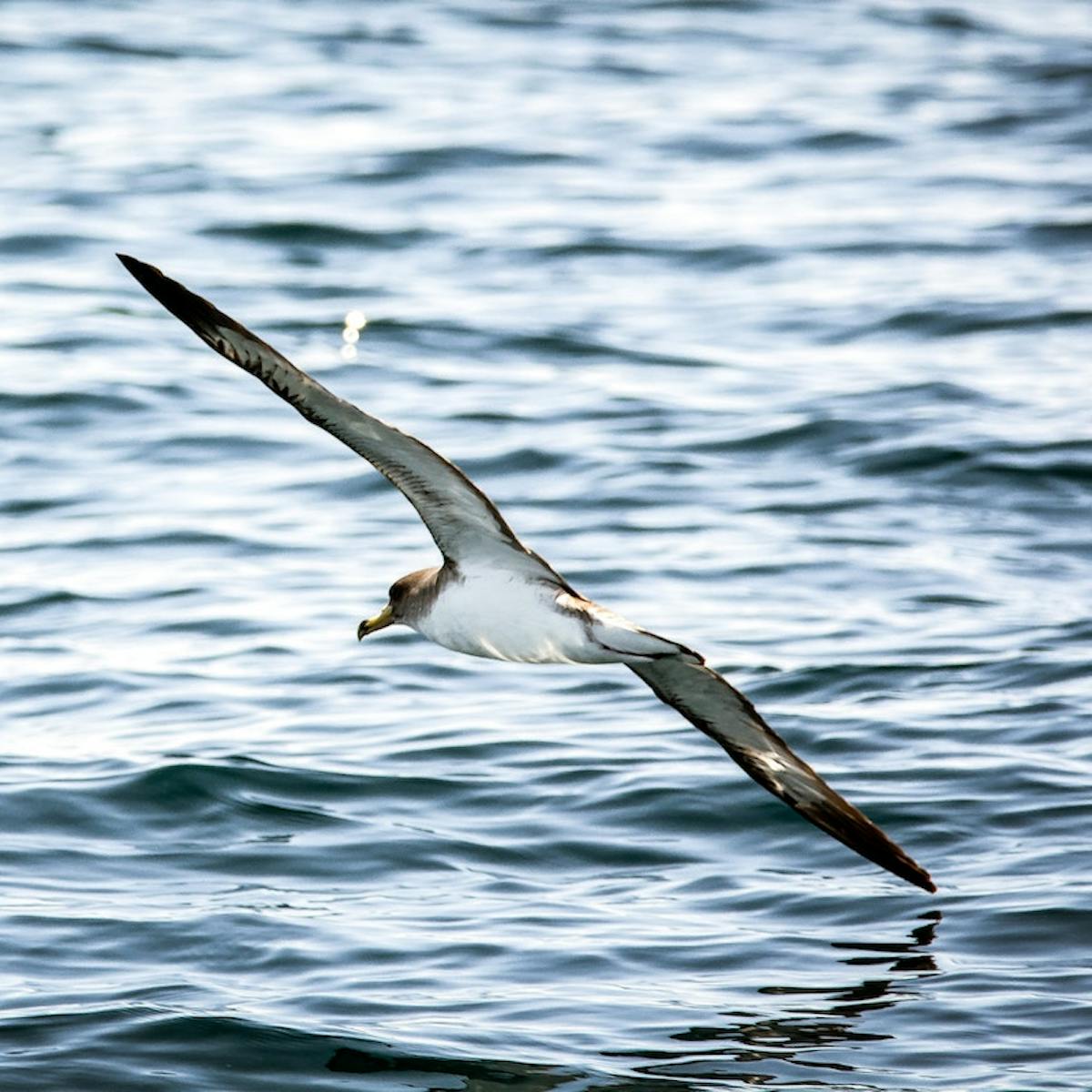
Why protect these species?
This is the first project to protect endemic land plants of Selvagem Pequena and Ilhéu de Fora and an endemic beetle from the archipelago. The two island vascular plants are Argyranthemum thalassophylum and Euphorbia anachoreta, and the beetle is Deucalion oceanicum.
Deucalion oceanicum was first described by Thomas Vernon Wollaston, a famous English entomologist and malacologist, in 1854. It is a monotypic species meaning it is the only species in its genus (Deucalion), existing without any subspecies. This endemic beetle has its entire global distribution restricted to Ilhéu de Fora, an islet with a total area of 8 hectares and maximum elevation of 18 meters. Here, it lives in a symbiotic relationship with the dendroid spurge Euphorbia anachoreta. Currently, there is no baseline information on its population, history and traits but it is thought the beetle and host plant were once common on all other Selvagens islands.
The flowering succulent Euphorbia anachoreta is critically endangered and similarly only found on Ilhéu de Fora with an extremely limited range. During an expedition to the islands in 2013, a total of 85 plants were recorded (58 mature individuals and 27 juveniles). The plant is found in crevices and rocky escarpments sheltered from strong sea winds. Although it can withstand very arid conditions, there is a real concern that it will struggle to adapt to rising sea levels. The island’s topography is shallow and areas of the plant’s habitat are subject to becoming submerged and disappearing with rising sea levels.
The other vascular plant, Argyranthemum thalassophilum exists as a single population on a peak called Veado on Selvagem Pequena island. This solitary population is perched 25-40 metres above sea level in an area no bigger than 500m2. The most recent count of the species in 2013 found 79 individuals in a dense patch. The species is Endangered under IUCN criteria and is listed in Annexes II and IV of the Habitats Directive in the Bern Convention. However the species' conservation status is due for an update as the latest IUCN red list assessment was published in 2011.
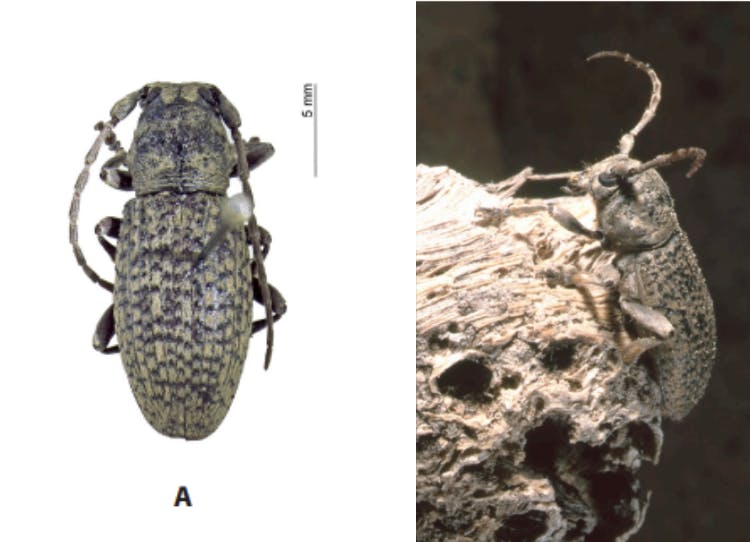
Among the Highest Conservation Priority
All three species featured in a study using a systematic assessment of taxonomically unbiased criteria to prioritise resource allocation for oceanic island species in the Macaronesia region (Azores, Madeira, Canary Islands and Cape Verde). The study considered factors such as the species' role in the ecosystem, their genetic uniqueness and conservation feasibility. Euphorbia anachoreta was the highest protection priority for Macaronesia and made it to top 100 conservation priority as did A. thalassophylum. The beetle scored very highly for protection priority as well but low for management feasibility. As the beetle relies on E.anachoreta in a mutualism relationship, we can help both species at the same time.
The Threats
Island ecosystems and species are particularly vulnerable to the impacts of climate change. This is due to the smaller population sizes, being more localised and often highly specialised, therefore less able to adapt. All three of this project’s targeted species face similar challenges for survival related to these factors:
- Restricted locations
- Single populations
- Small population sizes
- Genetic isolation and inbreeding
- Loss of habitats from erosion, rising sea levels (the archipelago has a low topography), and stochastic events, such as droughts.
Some course of action has already taken place to help the preservation of Euphorbia anachoreta and Argyranthemum thalassophilum through ex-situ conservation measures. The Botanical Gardens of Madeira, Barcelona and Brest are maintaining living plants and/or seeds of the two plant species. Despite these valuable actions, specific measures are needed to safeguard the species in the wild.
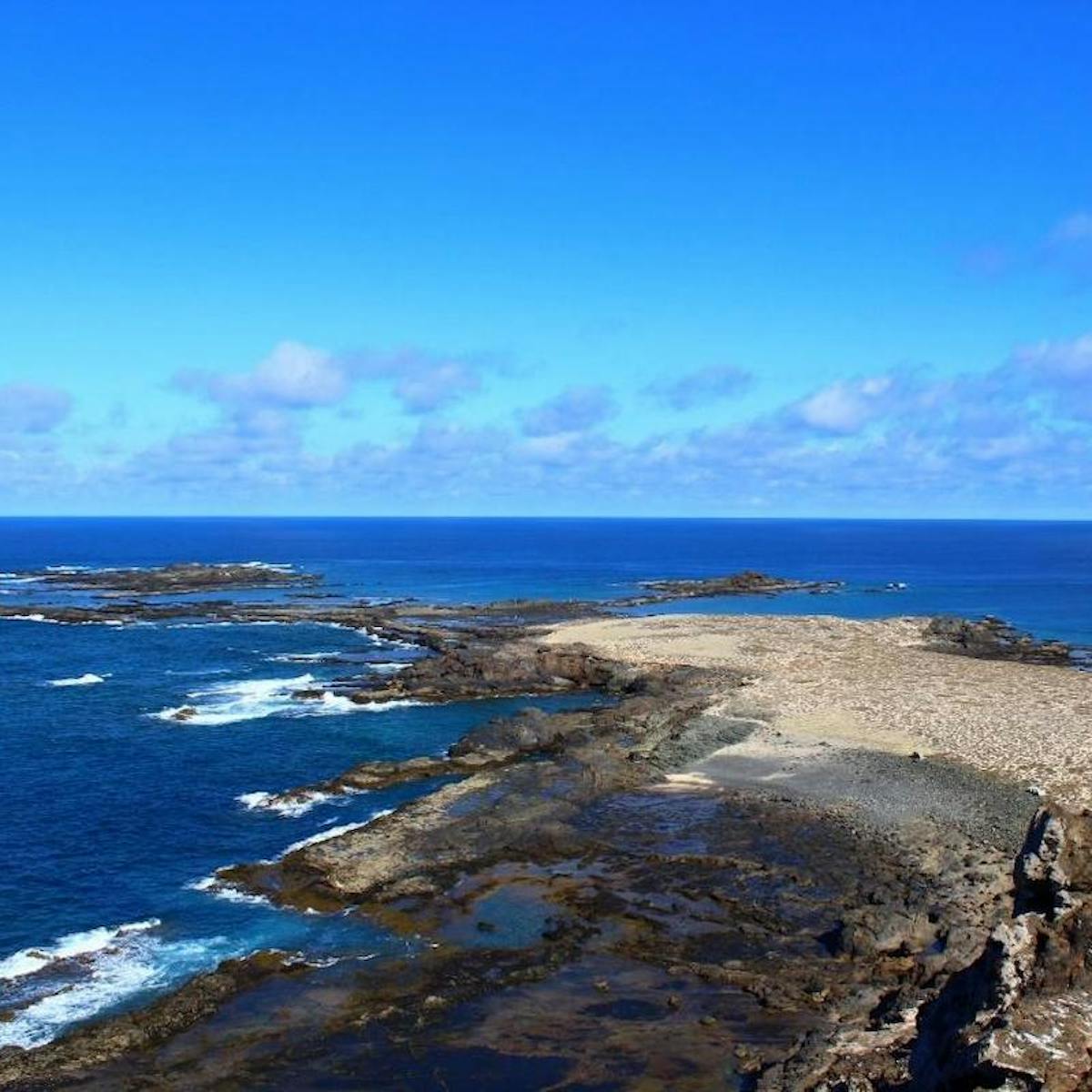
The Plan
The main objective of this project is to save the three target species from extinction. The species and their habitats will come under serious threat should the predicted effects of climate change and rising sea levels occur in areas between 8-20 m above sea level.
An assemblage of experts from the fields of entomology, ecology and botany are partnering to achieve the project’s goal. The following organisations and institutes are involved.
- Instituto das Florestas e Conservação da Natureza (IFCN)
- IUCN SSC Mid-Atlantic Islands Invertebrate Specialist Group (MAIISG)
- IUCN SSC Macaronesian Island Plant Specialist Group (MIPSG)
- Chester Zoo
- Conservatoire Botanique National Brest (CBNB)
- Centre for Ecology, Evolution and Environmental Changes (CE3C)
- Mossy Earth (ME)
The plan is to carry out the following conversation actions between April 2023 - December 2028. See the management plan for full details of the project calendar.
1. Collect baseline information regarding the target species and habitat
There is a lack of knowledge regarding crucial parameters of the target species. Baseline information on the target species, namely abundance and population size, natural regeneration, ecology, life cycle, ongoing threats, and pressures, will be collected on Selvagem Pequena and Ilhéu de Fora.
2. Evaluate the edaphoclimatic variables at the current and potential species distribution areas
There is a knowledge gap on the edaphoclimatic data (how soil affects the species) from the species' natural habitat on Selvagem Pequena and Ilhéu de Fora and also on Selvagem Grande, where the species could potentially be reintroduced. Therefore, a network of data loggers and weather stations will be installed in each population area, plus at Selvagem Grande. Furthermore, the soil geology, chemical constitution and available organic matter will be determined based on soil samples on the species distribution areas and Selvagem Grande. The acquired data, namely the temperature and relative humidity (air and soil), soil geology and chemical constitution, are fundamental for a better understanding of the species requirements and its habitat which is vital for the captive breeding programme and selection of the translocation area. Expeditions to the islands will be planned carefully, however, there is a risk this component (and the collection of baseline data) could be affected by adverse weather conditions.
3. Determine the target species population variability based on DNA analysis
A molecular study will be performed to determine the population's variability to select the original diversity of Euphorbia anachoreta and Argyranthemum thalassophilum and secure long-term species preservation. Therefore, samples will be collected from accessible population individuals from the known subpopulations and sent for molecular analysis. The results will enable the selection of individuals for the translocation programme with higher variability for biological material collection. This will help initiate the captive breeding and reintroduction programmes.
4. Reassessment of the target species conservation status
In light of information collected during the species inventory, a reassessment of the species conservation status will be done of the two target plant species and an assessment of Deucalion oceanicum, based on IUCN criteria.
5. Monitor the target species population and habitat trends
It is urgent to establish a long-term programme to collect data on the target species and their supporting habitats. This information is vital to determine trends in the species distribution and abundance as well as the conservation status of their habitats. Gathering this data will be crucial in helping the teams to swiftly detect changes and act accordingly. A yearly monitoring programme will be established and led by IFCN to evaluate the species and habitat trends.
6. Implement a captive breeding programme
Based on the current species conservation status and pending threats, there is a high risk that the current populations won't be sustainable long-term, reinforcing the urgency to rescue them from extinction. Therefore, an undefined number of individuals of Deucalion oceanicum (pending on the current population size) and seeds from almost accessible population individuals of E. anachoreta and A. thalassophilum shall be collected to initiate a captive breeding programme for these species. The specimens and seeds will be transported to the biosecure facilities in the UK (Chester Zoo) and France (Brest) where the captive breeding programme will be carried out. The programme will follow the European Aquarium and Zoo Association guidelines and the IUCN SSC Translocation and Conservation Planning Specialist Group.
7. Species conservation strategy
The teams involved will elaborate the conservation strategy based on the information collected during the project and the best available knowledge. The goal is to apply the most current and comprehensive information on the target species to inform the conservation actions needed for the long-term survival of all three species. This plan will be prepared with the project partners and stakeholders and updated according to the results obtained.
8. Species reintroduction
Based on the identified potential reintroduction areas, the specimens derived from the captive breeding should be reintroduced in nature. The reintroduction process will consider the guidelines and information included in the species conservation strategy. Therefore, the reintroduction programme shall be conducted in stages, based on the results obtained in nature and from the tests performed on the target island.
We have set aside a budget of £33,720 from the Mossy Earth membership for this project which will be used to fund travel, subsistence, equipment and consumables as well specific services such as molecular and genetic analysis that will inform the action on the ground. This includes the costs required for Master's students to carry out their fieldwork in these remote islands and, we hope, make crucial discoveries about these poorly studied species.
Photo: Euphorbia anachoreta at Ilhéu de Fora (Credit: Filipe Viveiros).
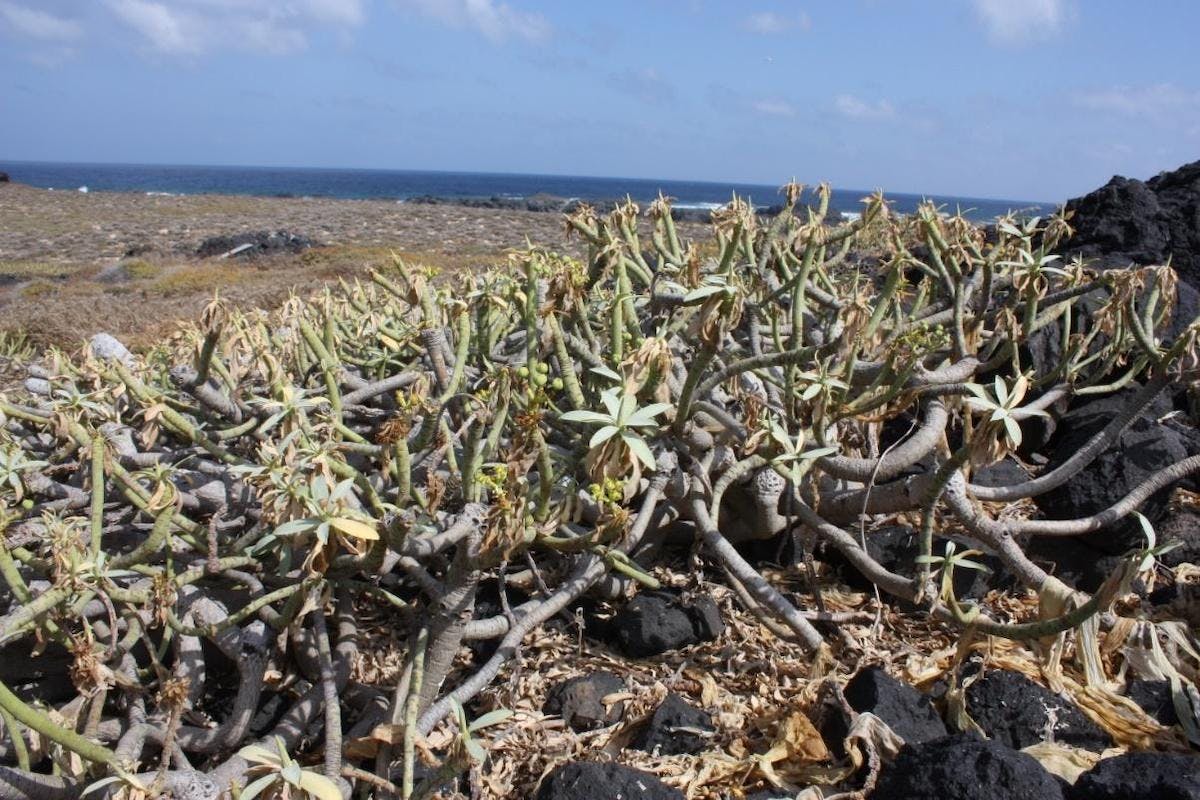
Reporting
The scope of reporting this project’s activities and outcomes will come from:
- Progress reports: to outline the yearly monitoring programme.
- Raw data: the information collected will be shared publicly and published in scientific papers, such as the Journals of Conservation Evidence and Species Conservation.
- Spending reports: to evaluate the project expenditure.
- Target species reassessment: to be published on IUCN’s red list page.
- A species conservation strategy: to document the conservation actions to safeguard the species.
- Best practice Guidelines: to provide guidance on the captive breeding programme for these species.
- Species reintroduction programme progress report: Yearly report regarding the selected areas for species reintroduction, trail test results and reintroduction and population reinforcement actions results.

A Collaborative Union of Organisations
The range of organisations converging for this project demonstrates the breadth of knowledge and skills being assembled to save these species. Each organisation brings experience and expertise and has committed to sharing information, practices, methods and ideas for the project’s common goals. Partners will engage in regular meetings (including virtual meetings) and workshops to communicate and continuously develop and reinforce networks. Through this connection, project activities can be discussed and planned with the exchange of information in an equitable partnership.
Summary of the Main Partnership Activities
- The team of ecology and botany experts from IFCN will assist in implementing the conservation actions in the field to gather data and living material collection, providing the necessary logistical support for its performance for all the partners and participants. They will also work closely with other institutional partners to implement, monitor and report on this project's deliverables.
- The IUCN SSC MAIISG and MIPSG will assist and guide the species conservation strategy and the species reassessment. In addition, the MIPSG will lead the molecular analysis services.
- Chester Zoo and the Conservatoire Botanique National Brest (CBNB, France) will be responsible for designing and implementing the captive breeding programmeand assisting with the species translocation programme. The CBNB will be accountable for the captive breeding programme of the two plants (Argyranthemum thalassophylum and Euphorbia anachoreta), and Chester Zoo for Deucalion oceanicum. They will also provide the best practice guidelines for the target species, enabling the implementation of a captive breeding programme in other venues such as Madeira Island and the training of technicians for this centre.
- The Centre for Ecology, Evolution and Environmental Changes (CE3C) will collaborate directly through the expertise of Dr Mário Boeiro. This renowned entomologist will design and implement the conservation actions directed at the species Deucalion oceanicum.
- At Mossy Earth we will be be involved in project decisions and will help to spread awareness and exposure of the project so more people are engaged in plant and invertebrate conservation, its importance and challenges. As the primary funders of this project, we would like to thank our members for supporting this huge effort to conserve these unique species while there is a window of opportunity.
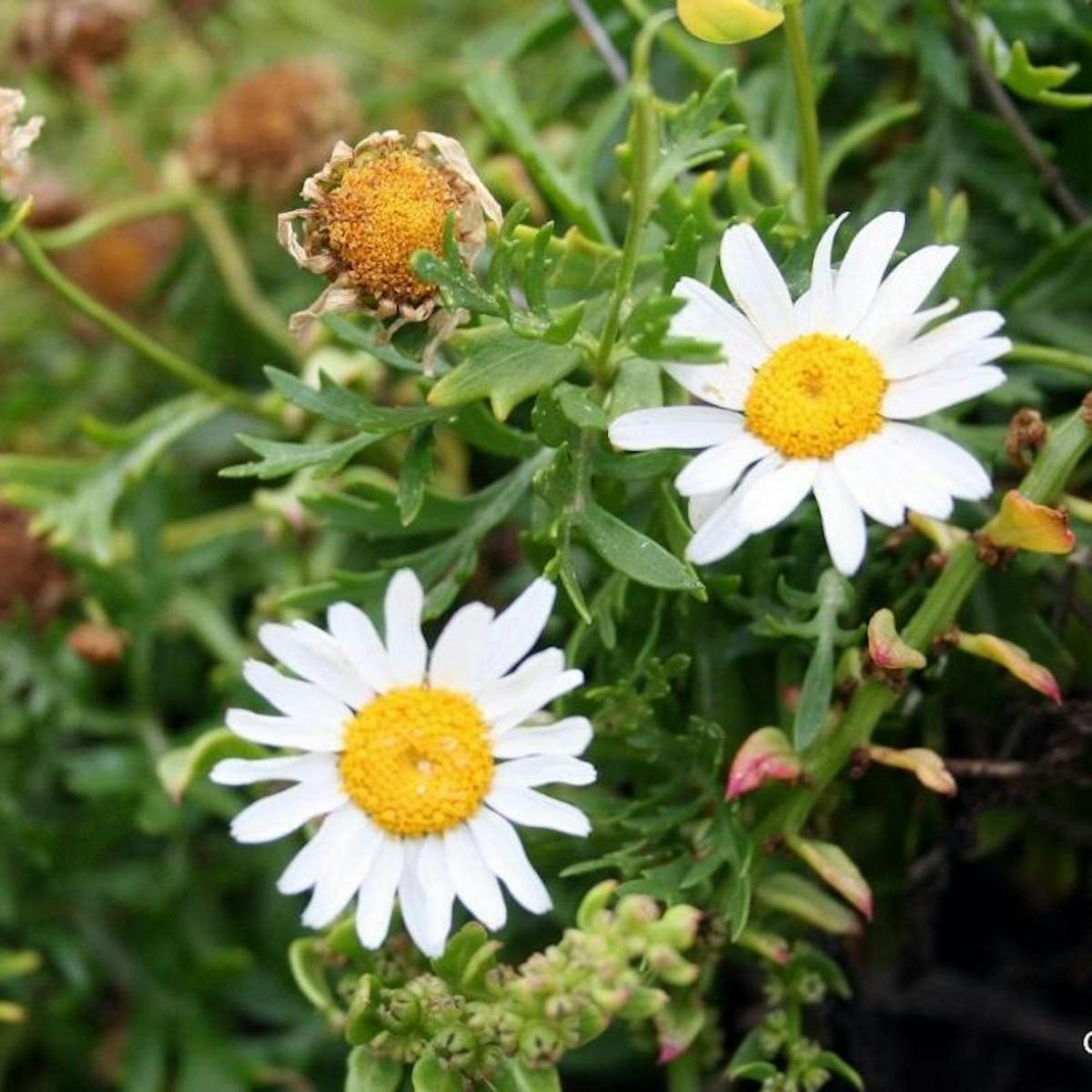
Project Discussion
In this interview, Mossy Earth conservation biologist Tiago de Zoeten explains more details about this project.
FAQs
What is the importance of these plants in the ecosystem?
The reason the plants score high on ecologic value (in the assessment featured in the Further Reading section) is that in these small islands there are few species of plant present but those that exists are very unique to the islands. As a result, each species plays a larger role in the function of the ecosystem because there are few other plants that have the same role. In other words there is little redundancy in ecological function and so there is a greater risk to the whole system when one of these species declines or goes extinct.
Sources & further reading

- “Using taxonomically unbiased criteria to prioritize resource allocation for oceanic island species conservation” - Martín, J.L., Cardoso, P., Arechavaleta, M. et al.
- “Banner image: Photo 153741498, (c) Nuno Veríssimo P., some rights reserved (CC BY-NC-SA), uploaded by Nuno Veríssimo P.” -